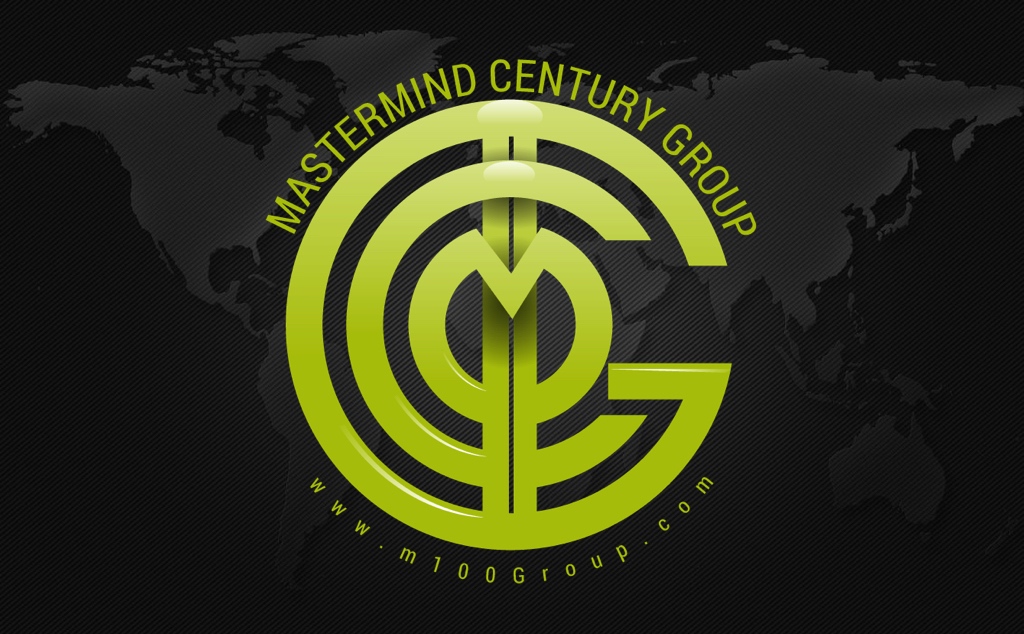DeM Banter: USAF PA just might be missing the show…
Wall Street Journal
September 11, 2012
Pg. 3
Armed Services Training Is Back After Exiting Some Schools Over Vietnam War
BOSTON—At colleges and universities across the country, Reserve Officers’ Training Corps battalions often are seen doing drills on campus. But there was nothing routine about the Army ROTC cadets reporting to duty before sunrise Monday at Harvard University.
After decades of chilly relations between the elite school and the military, dating back to the Vietnam War and persisting because of past military policies on gay soldiers, Harvard has welcomed back ROTC—the rigorous college program that trains students to be officers in the armed forces. This week, Harvard held its first ROTC campus exercise in 40 years.
“I’m really ecstatic,” said James Clarke, a Harvard freshman from Richmond, Va., and one of the new cadets who showed up at the school’s track for “Physical Training” in Army T-shirt and shorts to muscle through squats and “power jumps” as the sun came up. “If nothing else, the rest of the world will see that even the top institutions are accepting of the military and are supportive of the military.”
Amid the unrest stemming from the Vietnam War and subsequently from policies over gay soldiers, four of the eight Ivy League schools—Harvard, Yale, Brown and Columbia—parted ways with campus ROTC.
Three Ivies—Harvard, Yale and Columbia—moved to bring ROTC back after the 2010 repeal of the Don’t Ask-Don’t Tell policy for gays in the military. Those promises are coming to fruition this fall. Yale University is holding a “ribbon-cutting” on Sept. 21 to welcome back ROTC. Columbia University is bringing the organization back after 42 years. Later this month, Columbia will open a headquarters for the ROTC that it has built in the student center.
The Ivy League schools’ participation is just a small fraction of the ROTC program, which is offered, according to a Defense Department website, at more than 1,000 colleges and universities across the U.S. However, the schools’ change of heart is important, reversing what was a symbolic blow to the military, when a number of prominent schools distanced themselves from the armed services. All told, participation in ROTC appears to have inched up in recent years, after easing in the early 1990s.
Harvard students, like those at other schools that dropped the program, have always had the option to join ROTC at a nearby college. But now, under new agreements with the Navy and Army, Harvard will offer ROTC funding, prominently placed offices, military-science classes and campus-based training—from combat first aid to land navigation. Help with tuition is a perk: ROTC students can apply for scholarships from the program.
Harvard’s ROTC ranks are still small, numbering about 10 cadets in the Army program and 15 midshipmen in the Navy program. It isn’t clear how robust the programs ultimately will become, but the move to bring ROTC back represents a start in “reintegrating” the armed services with some elite institutions that have been criticized in recent years for not pulling their weight in military service, said Donald Downs, a political science professor at the University of Wisconsin-Madison and an expert on the ROTC.
Some prestigious universities, such as Cornell University, never parted ways with ROTC, while others including Stanford University voted in the past year or two to bring the group back.
“I think that…with less than 1% of the public really bearing the burden, that some of these schools just felt kind of ashamed saying, ‘You can’t come here,’ ” Mr. Downs said.
Harvard has a rich military history. An estimated 17 alumni have received the highest U.S. military decoration, the Medal of Honor—among the most of any university outside the military academies. ROTC programs are a prime feeder of commissioned officers to the military, providing about 70% of the commissioned officers in the Army alone. Students typically decide in their junior year whether to commit to the military for eight years after graduation.
But ROTC left Harvard in 1969 after a campus uprising over the Vietnam War, and the university later dropped it as an official campus organization. Bringing it back was a priority for Harvard President Drew Gilpin Faust when she arrived in 2007. A historian who grew up in a family with a tradition of military service, she believed students were missing a chance to participate in an essential public service.
Ms. Faust publicly promised that if Don’t Ask-Don’t Tell was repealed, Harvard would immediately reinstate the ROTC program. She said her decision also was influenced by students themselves. They often had neither a personal connection to the military, nor the antagonism toward it that previous generations did.Growing up around the terrorist attacks of Sept. 11, 2001, they saw the military through different lenses, as fighting a new threat on their behalf.
“I do think that some of the intensity of support for the return of ROTC was closely connected…to how much was being demanded of our soldiers in those two wars, and [the belief] that we needed to honor the military and respect the military when they were making such sacrifices,” Ms. Faust said.
Ben Samuels, president of the Harvard Crimson newspaper, said students were “reasonably comfortable” with ROTC, now that Don’t Ask-Don’t Tell has been repealed. That policy was the main sticking point for most students, he said. He added that there have been complaints raised by pockets of students, including a group concerned about the military’s treatment of transgender individuals.
“There is still some uncertainty there, and from what I’ve understand, they’ve brought up issues with the president, but I think generally the sentiment on campus is positive or sort of neutral toward ROTC,” he said, adding that bringing it back to campus has “sort of just become less an issue.”


